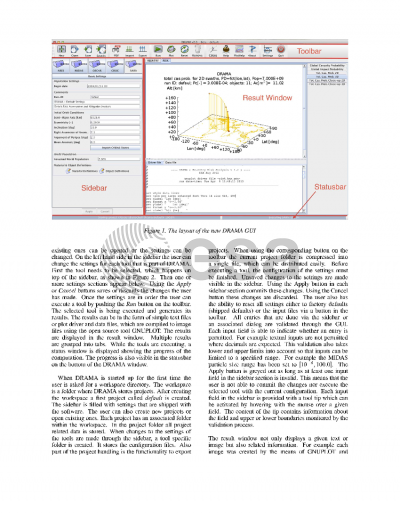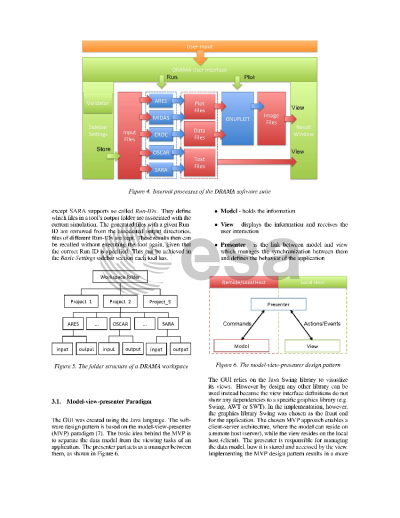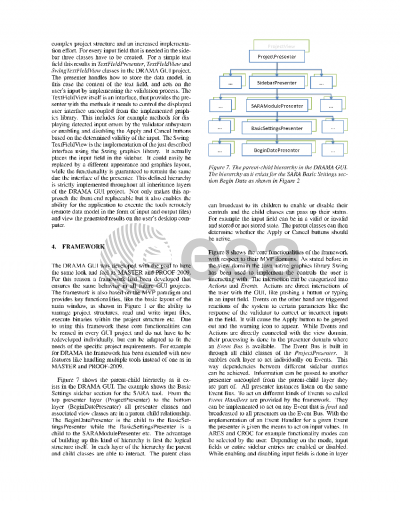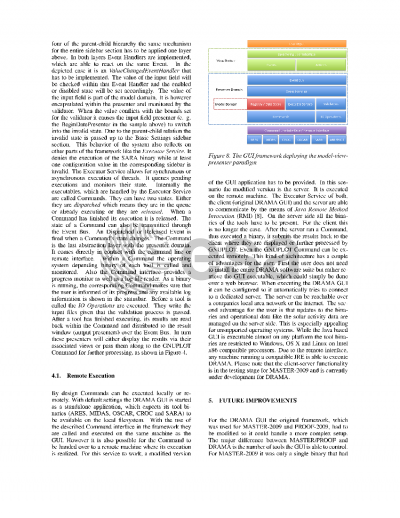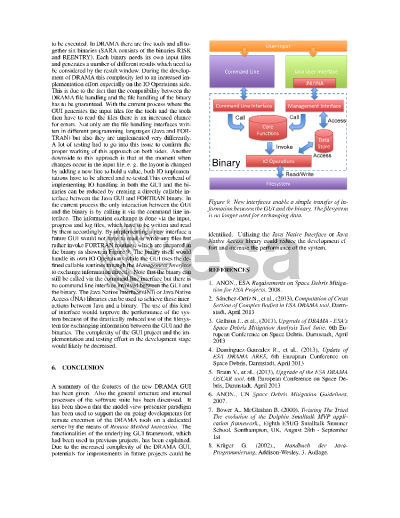Document details
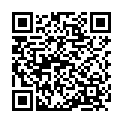
Abstract
In the beginnings of man's space flight activities there was the belief that space is so big that everybody could use it without any repercussions. However during the last six decades the increasing use of Earth's orbits has lead to a rapid growth in the space debris environment, which has a big influence on current and future space missions. For this reason ESA issued the "Requirements on Space Debris Mitigation for ESA Projects" [1] in 2008, which apply to all ESA missions henceforth. The DRAMA (Debris Risk Assessment and Mitigation Analysis) software suite had been developed to support the planning of space missions to comply with these requirements. During the last year the DRAMA software suite has been upgraded under ESA contract by TUBS and DEIMOS to include additional tools and increase the performance of existing ones. This paper describes the overall software architecture of the ESA DRAMA software suite. Specifically the new graphical user interface, which manages the five main tools ARES (Assessment of Risk Event Statistics), MIDAS (MASTER-based Impact Flux and Damage Assessment Software), OSCAR (Orbital Spacecraft Active Removal), CROC (Cross Section of Complex Bodies) and SARA (Re-entry Survival and Risk Analysis) is being discussed. The advancements are highlighted as well as the challenges that arise from the integration of the five tool interfaces. A framework had been developed at the ILR and was used for MASTER-2009 and PROOF-2009. The Java based GUI framework, enables the cross-platform deployment, and its underlying model-view-presenter (MVP) software pattern, meet strict design requirements necessary to ensure a robust and reliable method of operation in an environment where the GUI is separated from the processing back-end. While the GUI framework evolved with each project, allowing an increasing degree of integration of services like validators for input fields, it has also increased in complexity. The paper will conclude with an outlook on the future development of the GUI framework, where the potential for advancements will be shown.
Preview

